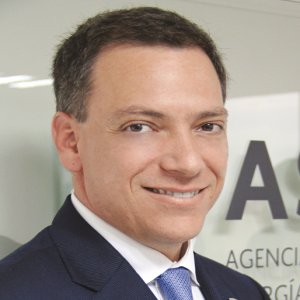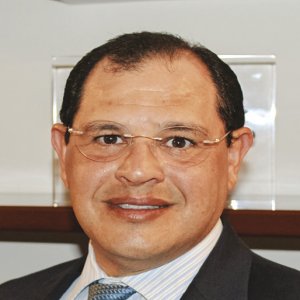Hunting for Ponies in Mexico's Entrepeneur Ecosystem

STORY INLINE POST
Q: What inspired the founding of Angel Ventures?
A: There is both talent and opportunity in Mexico and we saw a need to bring those pieces together to make a more virtuous ecosystem. Based on this vision, in 2008 we launched Club de Ángeles Inversionistas. Between 2008 and 2012, access to capital was limited and we attracted many entrepreneurs. At the same time, private investors were interested in participating in startups. In 2008, we had 13 projects funded with US$10 million and from there we started to build a significant portfolio. In 2012, we had a growing network of investors and we decided to launch our first investment fund: Angel Ventures. The fund invested in projects in Mexico or with a predominantly Mexico-focused business case, and resulted in many successful stories, such as Clip and Kueski, in fintech; Iguanafix, in media; Ösom, in e-commerce; Onko, in health and Gurucargo in logistics.
Q: The IDB and the Pacific Alliance are participating in your next round of capital raising. What benefits does this participation provide?
A: Last year, the governments of Mexico, Chile, Colombia and Peru decided to fund an entrepreneurs’ fund worth US$100 million. It was coordinated by the IDB. We were selected to run the fund because of the presence we have in different countries and our multispectral pipeline. The Pacific Alliance is a very interesting platform. Our goal is to invest in 15 or 20 projects in different phases but focusing on early growth and disruptive innovations.
Q: What kinds of companies do you look for when stocking your pipeline?
A: We are interested in following global trends in which Mexico can be competitive. We are exploring pipeline opportunities in fintech and health-related services, as well as platforms to leverage the sharing economy, also known as the “uberization” of things. In the first fund, we had between US$500,000 and US$2 million for each project, so we were not able to finance, for example, renewable-energy initiatives, which usually require investments of hundreds of millions of dollars.
The first fund benefited entrepreneurs with a business in Mexico. We have entrepreneurs from Argentina, Uruguay, Colombia, Canada and the US but all are operating in Mexico. With the second fund, we will continue with the same style but we are open to receiving companies with businesses in Mexico, Chile, Peru and Colombia.
Q: What is the main difference between Latin American venture capital compared with the rest of the world?
A: In Latin America, venture capital investments are very different to what you would expect in other markets, as innovation is limited and it relies more on execution and adapting successful business models from the world to the region. US funds want access to a unicorn; that is, a company valued at more than US$1 billion. However, in the countries where we operate the projects have a longer reach time frame. We often say that we are looking for several ponies in our portfolio that make up for the lack of unicorns. This means that we need between three and four projects to have a unicorn. This is how we understand venture capital in Latin America.
Q: Angel Ventures is the largest network of investors in Latin America, with more than 400 participants. How interested are Mexican investors in these funds?
A: Private equity in Mexico is lower in terms of GDP than in Chile and Colombia. We need more angel investors, which will only be possible through tax incentives. In addition, without the participation of pension funds there is no possibility of creating a private equity or venture capital industry.
However, there are more investors. The venture capital industry has a cultural and generational factor. Today, investors are between 40 and 50 years old and grew up with success stories like Microsoft or Google. For those who are now around 60 years old, their example of a success story is Walmart or Exxon. In Mexico, we have proven that good business models can attract capital. If pension funds and institutional capital flowed more quickly, that would lead to more projects.























